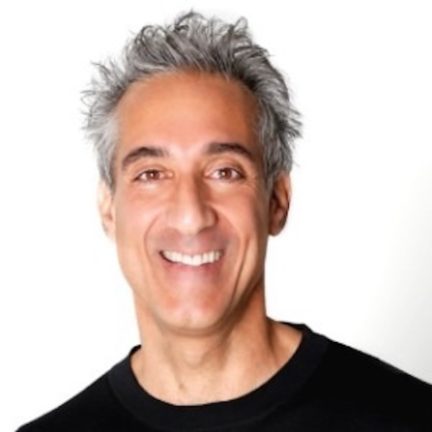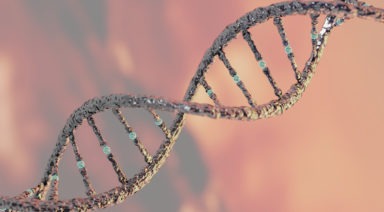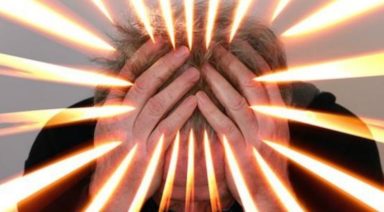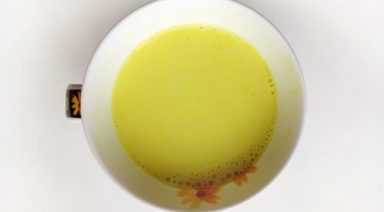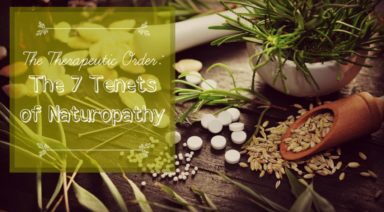Connective Tissue, The Missing Link in Anti-aging

The human body is quilted together from four categories of what could be called “stuff.” OK, maybe “stuff” is a bit colloquial, these categories are actually called “tissues,” and together they compose all the organs and structures of our miraculous physical forms.
The nerve tissue makes up the brain and nervous system, muscle tissue allows us to move and ambulate our bodies and the covering of our internal structures as well the outside of or bodies including skin hair and nails is called epithelial tissue.
The fourth tissue type is the connective tissue, largely the product of the protein collagen, and as the name implies this is the system that allows the body to maintain its structure. It is responsible for nourishing, detoxifying and electrifying cells, and as we age, many of the bodily breakdowns we all have to deal with as the years go by are the end result of connective tissue deterioration.
When the connective tissue in the circulatory system breaks down, heart disease can follow. When the connective tissue in the bones deteriorate we call that osteoporosis, and connective tissue inflammation in joints is the hallmark sign of arthritis.
Hip and knee replacement, ocular health issues, hernias, ruptures, and prolapses are all related to connective tissue degeneration. And of the hundreds of millions of dollars, Americans spend on cosmetic products and procedures, the issues we try to mask are usually related to unhealthy skin connective tissue.
Movement, pressure, and stress are the connective tissue system’s best friend. Yes, stress is a key player in connective tissue health as long as the stress is balanced with rest. Stress that is balanced with rest is called “eu-stress” (good stress), which encourages the production of new, strong collagen, as well as the breakdown and elimination of old, weak collagen. It also plays an important role in the nourishment, repair, and oxygenation of cells that produce the connective tissue, and even all cells in our body.
Movement is also critical for detox. In fact, the movement of connective tissue and the muscle associated with it is way more important than any so-called detox formula or supplement.
One of the great ways to energize and stimulate muscles and connective tissue is to do stretches. And stretching also readies the muscles for activity. As the connective tissues pull on the muscles and as the muscle fibers loosen and start moving with each stretch, they also flush out the toxins and waste by-products, including carbon dioxide and lactic acid that build up during periods of inactivity.
For instance, carbon dioxide and lactic acid can accumulate in a cat’s body, but stretching can increase blood and lymph circulation, which helps to remove the toxins. Both lactic acid and carbon dioxide can cause pain and neuropathies and cramping and soreness and improving their elimination can help relieve all of these conditions
There are two kinds of stretching: static and dynamic. Static stretching is what most of us think of when we think of stretching. It’s usually done while standing still, focusing on one muscle group at a time, and involves holding positions (static means not moving). On the other hand, dynamic stretching involves moving the muscles slowly with various actions like leg lifts, butt kicks or hacky sack knee to chest stretches.
Foods and supplements are also important for healthy connective tissue. including vitamin C, which is required for the production of collagen. As is protein, especially collagen-containing sources like bone broth, meat, and fish. Gelatin is literally collagen and has been used for hundreds of years for its connective tissue building properties.
Vegans can use algae and chlorella which contain precursors and building blocks for collagen production. Minerals like copper, zinc, manganese, and hyaluronic acid are key components of connective tissue and supplements can be helpful. Also, essential fatty acids (Omega 3 and 6) are important for connective tissue repair as they play a significant role in turning on the building blocks of DNA.
Telomerase May Be The Secret to Anti-Aging
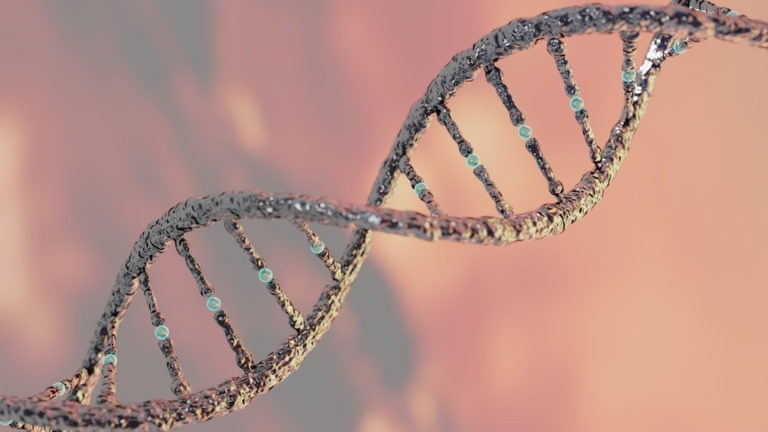
Dr. Bruce Lipton invites us to consider this: “contained within our bodies is what so many have studied, sought after, and dreamed about—the fountain of youth.”
What he’s talking about are telomeres; sections of DNA found at the end of each chromosome that can offer us insight into how we can “create a long-lived biology,” filled with wellness and meaning.
Telomeres And The Genetics of Aging
The science of genetics was formed in large part because of the human need to grapple with a limited lifespan. Central to this discussion is the role telomeres play in understanding the genetic coding of our aging. Telomeres have two essential functions:
- To allow DNA to be replicated without losing genetic information
- To prevent the double helix of DNA from unraveling
The process of DNA replication involves a shortening of our chromosomes from their original version, reducing the length of the original DNA molecule. This process invariably leads to aging, depression, and disease.
The role of the telomere is to extend that replication time by adding a piece of DNA at the end of the strand that doesn’t code for anything and acts as a mechanism to prevent the degradation, or unwinding, of the double helix structure.
Lipton uses the analogy of shoelaces to bring the concept of telomeres to life. At the end of shoelaces are little plastic caps known as “aglets,” which make the process of lacing shoes simple and fluid, while holding the strands of the shoelace material together. And the same concept can be applied to the telomeres at the ends of our chromosomes.
While the role telomeres play in retaining the integrity of a DNA strand is important, Lipton stresses they have an even more important function—telomeres form an extension of the DNA that allows for replication without affecting the gene programs, allowing for an extended amount of divisions before running out; the implication of this on our longevity is profound.
For many years, it was believed the lifespan of an organism was directly proportional to how many times a cell can divide before losing the telomere extensions and cutting into the DNA program.
Leonard Hayflick, a scientist in the 1960s calculated that a human could live approximately 90 years before telomeres were lost. However, in 1984, research scientist Elizabeth Blackburn made a truly life-changing and life-extending revelation with the discovery of the enzyme telomerase, which extends telomere length. Her discovery made an exciting impact on our understanding of the human lifespan.
But as interesting as Dr. Blackburn’s discovery was, the enzyme’s ability to be activated or inhibited is dependent upon a number of external factors. The inhibition of telomerase can be caused by improper nutrition, childhood abuse and neglect, domestic violence, post-traumatic stress disorder (PTSD), as well as a lack of self-love, love from others, and life purpose—factors that can all have a negative impact on our lifespan.

